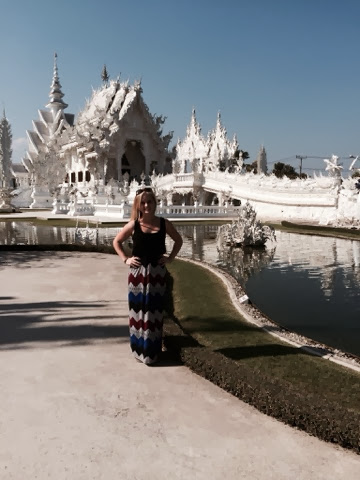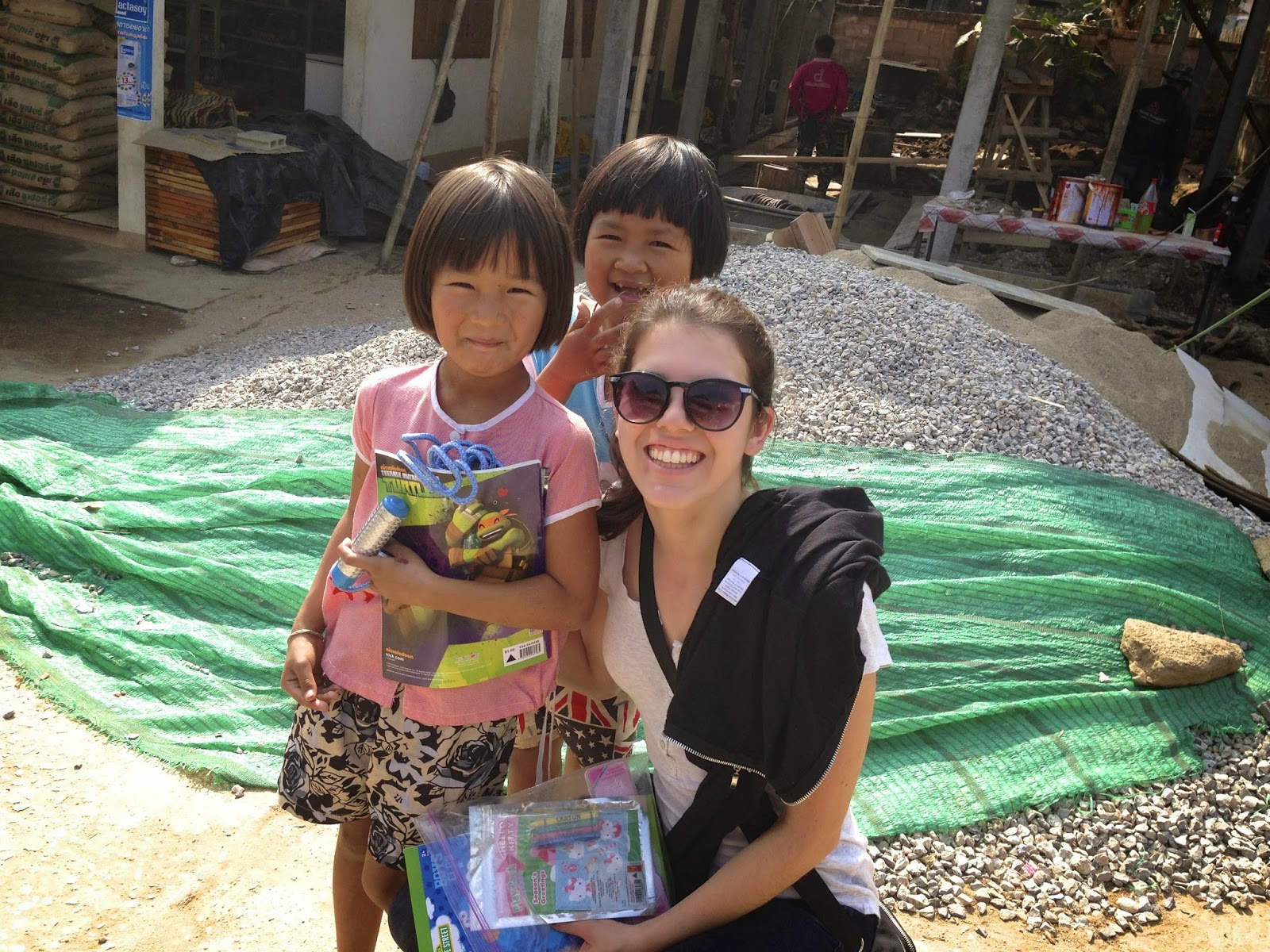Julie Ann Blog #4
January 11, 2014
Yesterday, we visited the Hill Area and Community Development Foundation (HADF). HADF has many objectives that focus on strengthening and supporting the quality of life of people in the mountain tribes. This was one of my favorite visits so far on the trip. In HECUA last semester, I learned a lot about community development and what it takes to strengthen communities that do not reflect the dominant beliefs or lifestyle in a society. A large part of the class curriculum was focusing on the power of building within a community and strengthening a community using the assets of the local individuals, families, and businesses.It was very interesting for me to learn about HADF and the initiatives and projects they are leading to support the mountain tribes and compare this to the community development projects that minority groups are leading in the Twin Cities.
The woman who was speaking about HADF spoke about the importance of working in collaboration with other development agencies to support the mountain villages. This helps to decentralize and demarginalize the tribal communities. In HECUA, we discussed a lot about how crucial it is to build these connections with allies. I learned that it takes those with less power to organize and build relationships with each other and allies so these groups can push for policies and political structural changes that will create a more equal society. HADF also is working to strengthen the cultural identity of the tribal communities especially among the younger generations. I learned that there are projects for the tribal elders to tell stories to young people in schools. I also learned that specifically the Lahu Association (a mountain tribe) is working to teach young people more about the importance of the Lahu New Year Festival to deepen the younger generations connection to their roots and culture. I was able to relate this objective to a field seminar that I experienced in HECUA. In HECUA, we visited the Native American Community Development Institute in Minneapolis. This organization is working to strengthen the Native American community through projects like building a Native American art center. This organization also believes strongly in passing on their culture and strengthening the young Native American people’s connection to the community and their roots. I really enjoyed making these connections between community development projects in Chiangrai and in the Twin Cities. It shows how rebuilding and strengthening community ties happen all around the world.
After listening to the speakers from HADF, we were able to visit one of the tribal villages—the Lahu village. Similar to the Mae Kam Pong Homestay Village, there were many animals and little kids running around. There were some pigs, puppies, chickens, and cats. Most of the houses were made of bamboo; they were beautiful. As I was walking around the village, I thought about the vast difference in lifestyles between my own and the Lahu people. My routine is not revolved around one location. I am constantly going from place to place between school, the grocery store, the coffee shop, the library, target, my house, or my parent’s house. The impression I got from visiting this village and other mountain tribe villages is that the families and individuals living there are very centered around their community village location. Almost everything they need is right there in the village, which creates for a stronger community. I am looking forward to developing my reflections and thoughts around this further in my digital story.
The pictures below are taken at the Lahu Village.









